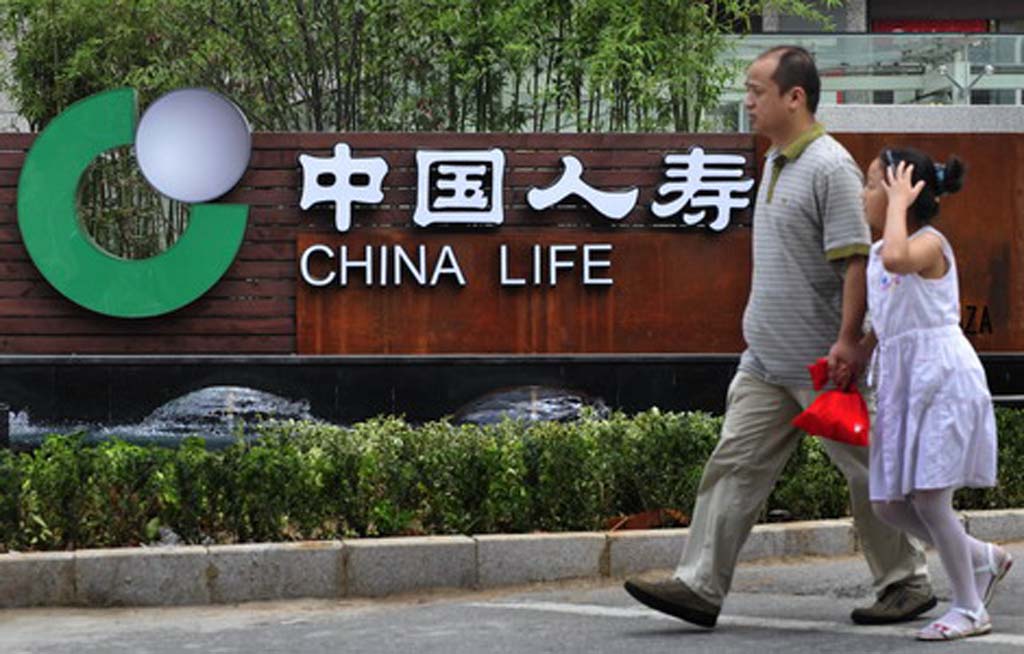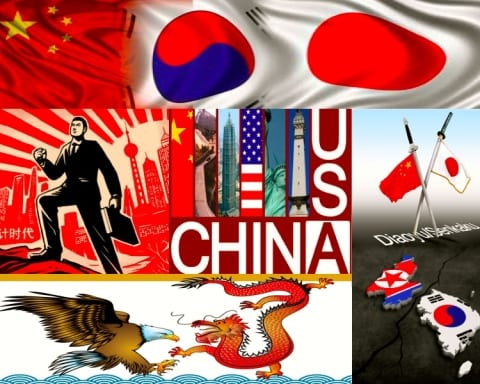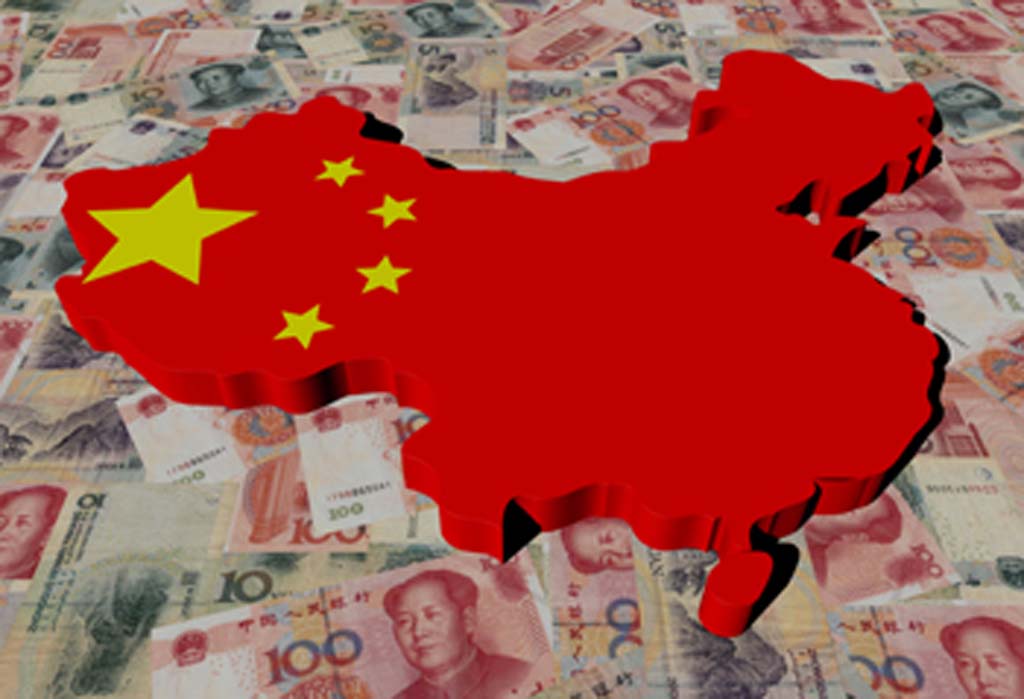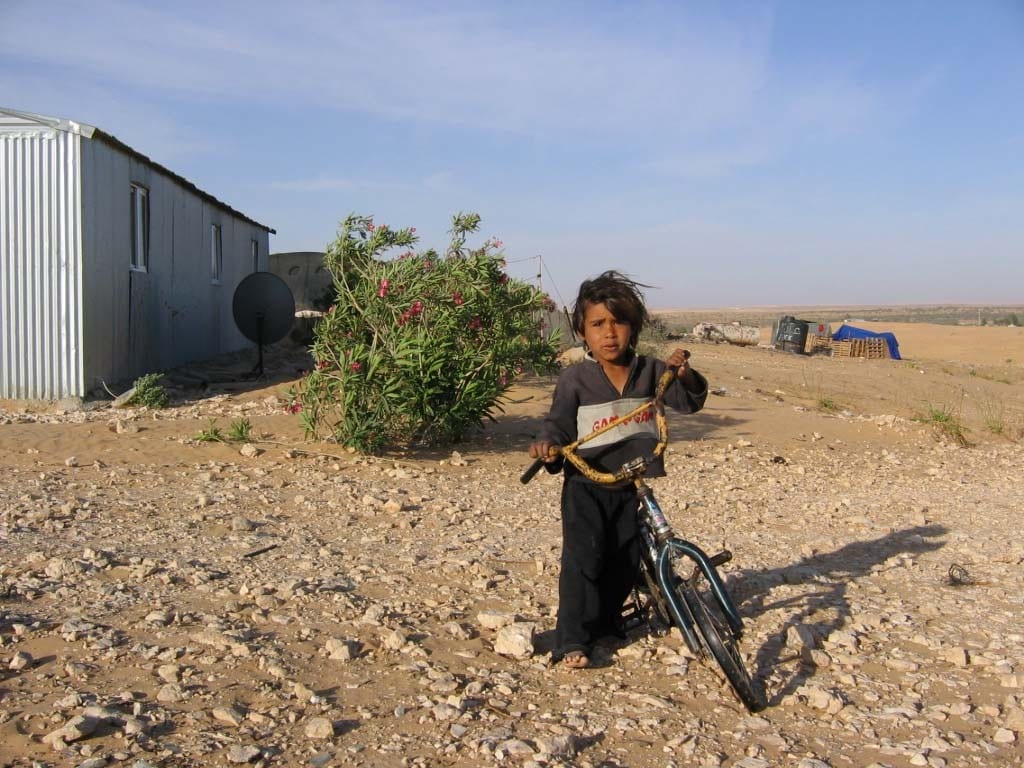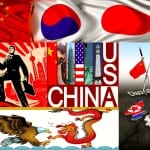The Chinese life insurance market has grown exponentially since the start of the millennium. Now the fifth largest life insurance market globally, sales have risen from 98 billion yuan in 2000 to 994 billion yuan in the first half of 2014. What perhaps makes this feat more impressive is not only the speed at which the market has expanded, but also the success of being able to market such a product in a culture where discussing death used to be completely taboo. To understand what exactly happened here, we need to rewind the clock a bit, and add a little contextual color.
Just as the phrase “to have a good life” can mean multiple things, “a good death” is equally as ambiguous. In the west, Christian cultures in particular view death as a promise (or threat) of an afterlife, depending on how you act during your earth-bound existence. In China, where Confucian values are heavily embedded into culture, the subject of death is rarely discussed mainly due to its ambiguity, and it is almost always negatively portrayed. As if mystifying it wasn’t enough, Taoist beliefs measure how good a death is based on its timing and nature—anything other than dying of old age and with descendants was deemed terrifying due to the threat of spirits angry at an unfulfilled life.
For life insurance companies, this creates a bit of a challenge. What can they do to sway the public to buy a product that is synonymous with sacrilege? How dare a company put a price on something as sacred as a life, let alone one that has ended prematurely! In Victorian England, they overcame this obstacle by exploring (and exploiting) the impact of the death of a breadwinner on his family, marketing their product as a form of family responsibility, where the deceased can remain productive for his family even after death. The family ethos in China also makes insurance marketable in this sense, although this alone does not attribute to the market’s growth.
Mentioning terms like dividends, customers were more likely to buy insurance as a form of return on one’s purchase that could be put down as savings for your child’s future or your parents’ care. Like in many Confucian cultures, saving for the future plays a prominent role in spending (or rather saving) habits, and with the average urban household savings rate at 25%, it is not surprising that a product that seems to make savings easier became so popular. It has also become a popular gift to give to your children and your friends, in keeping with the tradition of renqing (人情), the act of giving another person a gift or resource as a gesture of goodwill, especially on special occasions.
The wealth accumulating in China has created an affluent middle class with more disposable income. With this wealth more people are moving to the cities, leading to urbanization rates increasing from 47% in 2010 to a predicted 59% by 2020, equating to around 200 million more urban people. With closer access to life insurance, it is quite likely that these new urbanites will purchase life insurance, given cultural habits of saving as well as plenty of policy options to match their needs.
Since the 1990s, life insurance in China has gone through its peaks and troughs, mainly being able to overcome the slack in market performance with growth drivers. High-yield products guaranteeing returns of almost 10% in the late 1990s, universal and participating products, which consisted of dividends and tax-advantaged policy options respectively, boosted the market up until 2005. When the bancassurance model (bank and insurance company working together to sell policies) was introduced into the market along with high returns, insurers were given the extra push to reach the top ten in the world based on their performance.
Since 2011, however, there has been a slow-down in policy purchases, with bancassurance model setbacks and no growth-drivers sufficient enough to turn the market around. The 30-40% growth rates enjoyed in the early ‘noughties’ are probably not going to be repeated without a huge overhaul in current regulations. Unlike the U.S., the government in China provides little tax incentives for people purchasing premium insurance policies, with only 10% of the premiums being tax deductible. More widely available deductions could be the sufficient condition to drive growth in the life insurance market in the future.
However this plays out, the life insurance market in China is just one of the many examples the country has produced of markets expanding at unprecedented rates as a result of changing mindsets and demographics. The sheer size of the market magnifies any changes in regulation as well as the lack thereof. Unless life insurance finds its new driving force for growth, it may find itself unable to revive, and other non-life insurance companies competing for sales will step up to the plate of providing an attractive service to its customers.
